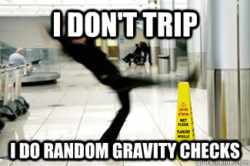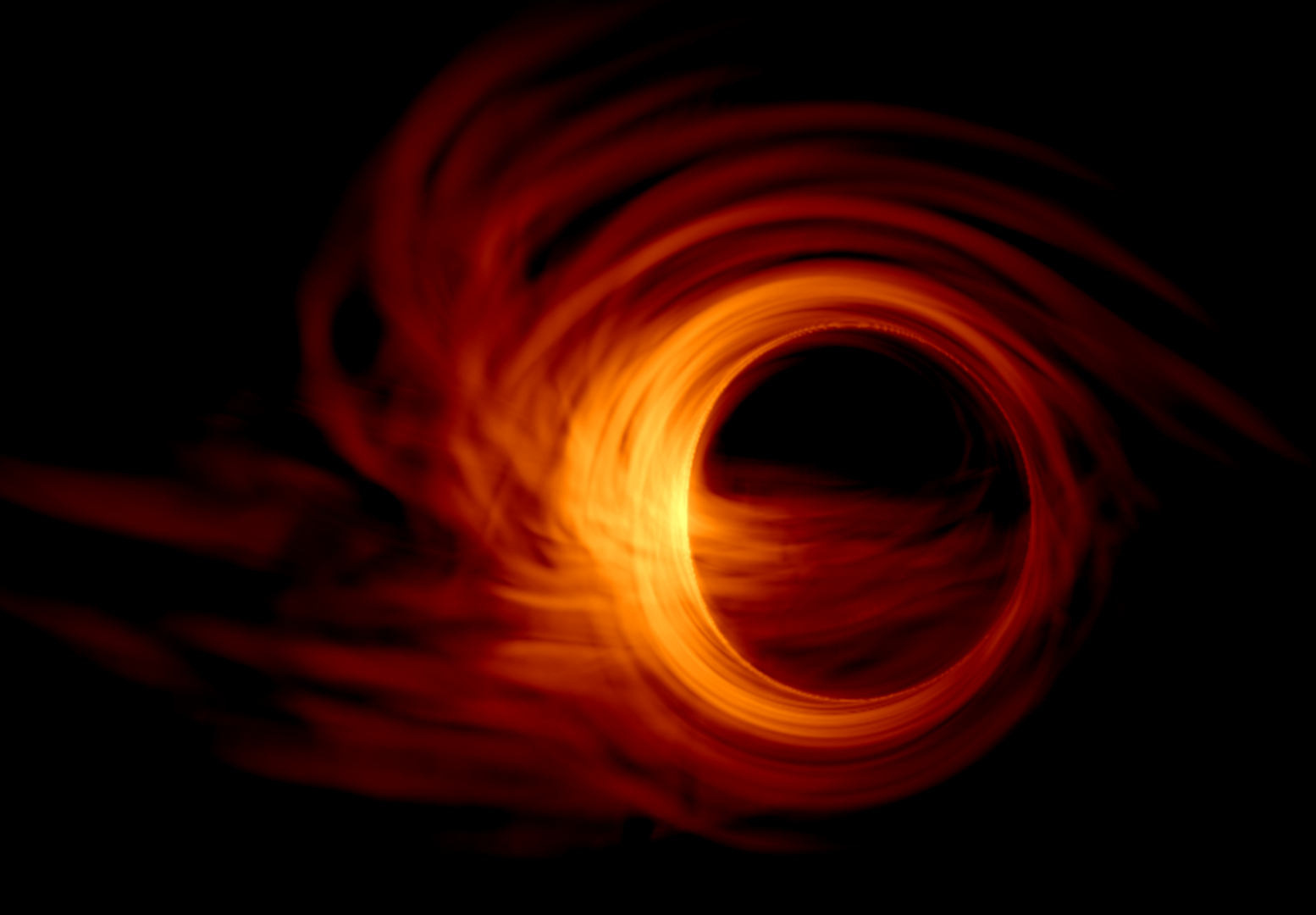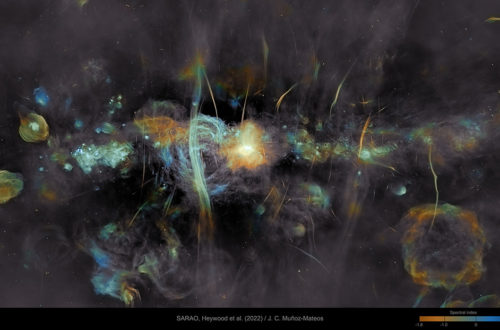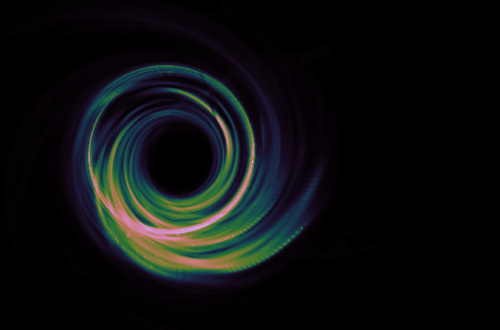As one of fundamental forces, gravity works its magic on the physics of the largest scales, helping us understand how celestial objects form and move. Sir Isaac Newton in the 17th century formulated a mathematical equation depicting the effect two objects have on each other by virtue of their mass. Newton’s theory successfully predicted the presence of Neptune and continues to guide us in solving high school mechanics problems, apart from describing gravitational forces relating to small masses with velocities much lower than the speed of light.
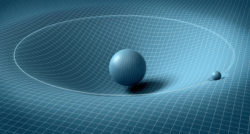
Credit: From “Of Fire, Assembly, and Gravity”
With Albert Einstein’s revolutionary theory of general relativity (or just GR) in 1915, an entirely new view of the heavens was brought to us. Now time was not deemed to be an absolute, unchanging force of nature. It was intertwined with space, giving rise to a new quantity called “space-time”. Einstein’s GR theory successfully explained the precession of Mercury’s orbit, one of great mysteries left unaccounted for by Newton’s theory. Instead of a force, gravity is now much more seen as an effect of spacetime distorted due to the presence of an object (such as the Sun).
Since then, astronomers and physicists have been testing GR every chance they get, and it has come through with flying colours every time. The discovery of gravitational waves, predicted by GR, is a fairly recent example. Two black holes, orbiting each other and then finally merging with an explosion of energy, sent out ripples in the spacetime fabric, which after travelling for a billion lightyears, were detected by LIGO interferometers. This detection proved to be a testament to human engineering and scientific ingenuity.
Lets take a step back and marvel at one of the major implications of general relativity. In just over a month of Einstein’s publication of his GR theory, Karl Schwarzschild found a exact solution of the Einstein field equations for the gravitational field due to a charge-less, zero angular momentum, spherical mass (or a spherically symmetric vacuum solution). In fact, such a solution was the first to describe a non-rotating black hole, called a Schwarzschild black hole. That’s right, black holes were also first predicted theoretically and later discovered in the form of Cygnus X-1. A black hole represents a singularity in GR solutions, where the equations fail and the space-time becomes undefined. Exciting, right?
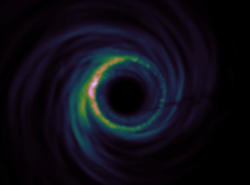
In our group, we focus our simulations and models to understand, within our theoretical framework, how the gravity due to a black hole affects the stuff around it.You will find many more blogs on the site about the many fascinating phenomena we see in a black hole system. Some of the other groups here at the Anton Pannekoek Institute are also studying the evolution and gravitational collapse of stars, which would give birth to neutron stars and black holes. In essence, gravity is a fundamental agent in driving most of the extreme physics we are interested in.
Black holes, due to their ability to confound even the most brilliant of people, are rightly targeted by astronomers. For e.g., the Event Horizon Telescope (EHT) collaboration is on its way to take an image of a black hole and the GRAVITY mission is tracking one of the stars closest to our very own supermassive black hole, in the heart of the Milky way. These missions are fundamental to testing how spacetime behaves around enormously massive objects. How accurately does Einstein’s theory of gravity define nature in such extreme conditions? Only “time” will tell!
In the meantime, I’ll try to help in whatever way I can….
